Saudi Arabia April 2022
This was a week-long private trip for three of us organised through
Bird Tour Asia. All I had to do was book my international flights and a hotel
for the first night. Other pre-tour ‘paperwork’ consisted of an online visa, a covid
arrival form and the NHS covid pass, all of which were straightforward.
On April 12th, we met up at Heathrow T5 for the afternoon
flight on BA although it was delayed by 75 minutes which meant we didn’t arrive
in Riyadh until midnight. Unfortunately John and Jane’s luggage was left in
London (only retrieved on our penultimate day!) so by the time we'd sorted that out we arrived at our hotel in the early hours and had to be ready to
leave by 4am. Our guide, Carlos, picked us up and we headed off into the desert
to look for larks. This was the only birding we did up in the north of the
country which is mostly stony desert with low bushes.
Our principal target was Arabian Lark, a recent split from
Dunn’s Lark which I’d seen in Israel but we couldn’t locate any. There were
plenty of Greater Hoopoe-Larks along with Bar-tailed and Crested Larks, and the
first of several Turkestan Shrikes of the karolini race.
.JPG) |
| Greater Hoopoe-Lark |
.JPG) |
| Turkestan Shrike |
We only had the first part of the morning here as we had to
go back to Riyadh for a domestic flight down to Abha. Despite it being Ramadan
we were still able to get lunch at the airport. We had been warned that the
fasting was strictly observed so expected food and drink outlets to be closed
but this wasn’t always the case. During our stay it was difficult to find
restaurants open in the evening so we mostly had to rely on take-aways. We
found most of the locals friendly but few spoke English.
.JPG) |
| A group of friendly Saudis asked for their photo to be taken |
We spent five days birding the southwest corner of Arabia
including a day on the coast along the Red Sea not far from the Yemen border.
This area is unlike the rest of the country in being quite high, above 2000
metres, and often quite green. The weather was sunny and pleasant in the
highlands but much hotter along the coast where the temperature soared into the
mid-thirties.
.JPG) |
| Escarpment at Habala Plateau |
.JPG) |
| Acacia desert |
.JPG) |
| abandoned farm in Raidah National Park |
Arabian endemics
Our trip was geared to locating the Arabian endemics and we
saw most of them, missing just three: Arabian Lark, Golden Sparrow and Grosbeak
– the latter two were just not around this year. Others not photographed include Arabian Wheatear and Arabian Sunbird.
.JPG) |
| Arabian Partridge |
.JPG) |
| Philby's Partridge |
.JPG) |
| Arabian Eagle-Owl |
.JPG) |
| Arabian Scops-Owl |
.JPG) |
| Arabian Woodpecker |
.JPG) |
| Asir Magpie, a recent split from European Magpie |
.JPG) |
| Rufous-capped Lark (also occurs in Somaliland) |
.JPG) |
| Yemen Thrush |
.JPG) |
| Yemen Warbler |
.JPG) |
| Arabian Waxbill |
.JPG) |
| Arabian Serin |
.JPG) |
| Yemen Serin |
.JPG) |
| Yemen Linnet |
Middle Eastern birds
With its varied habitats, Saudi Arabia hosts many of the
birds found across the Middle East. As well as those photographed below we also
saw Chestnut-bellied Sandgrouse, Long-legged Buzzard, Saunder's Tern, Blackstart, White-spectacled Bulbul, Graceful Prinia and Nile Valley Sunbird.
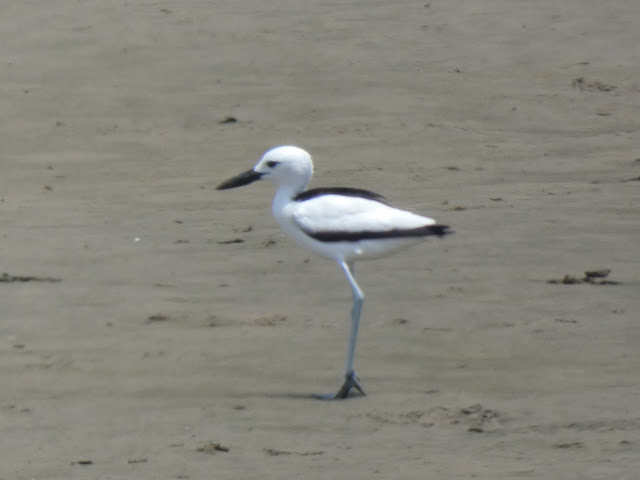.JPG) |
| Crab Plover, fairly common on coastal lagoons |
.JPG) |
| Namaqua Dove |
.JPG) |
| Sooty Gull |
.JPG) |
| White-eyed Gull |
.JPG) |
| Palestine Sunbird |
.JPG) |
| Arabian Warbler |
African birds
The East African coast is less than 25 miles away across the
Red Sea from the SW corner of the Arabian Peninsula at its nearest point so this particular area
hosts many African birds and mammals that don’t occur elsewhere in Arabia.
Other birds seen but not photographed include Helmeted Guineafowl, Dusky Turtle
Dove, African Palm Swift, Goliath Heron, Grey Hornbill and African Paradise-Flycatcher.
.JPG) |
| African Collared Dove |
.JPG) |
| Hamerkop |
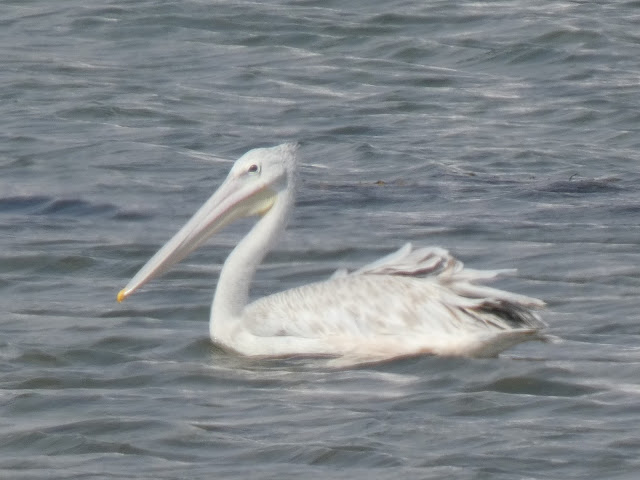.JPG) |
| Pink-backed Pelican |
.JPG) |
| Grey-headed Kingfisher |
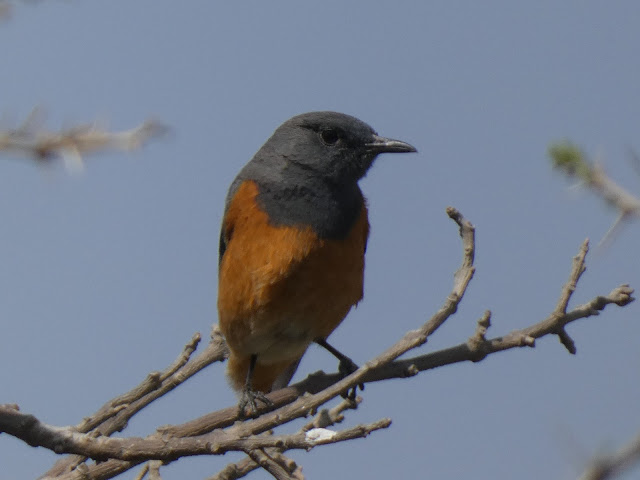.JPG) |
| Little Rock Thrush |
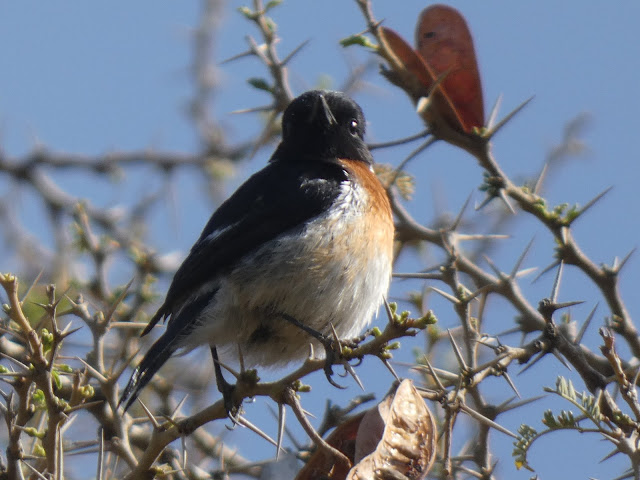.JPG) |
| African Stonechat |
.JPG) |
| Violet-backed Starling |
.JPG) |
| Cinnamon-breasted Bunting |
Migrants
The Red Sea is a major migration route for birds that winter
in Africa and breed in Europe and Asia including raptors, waders, bee-eaters
and many small birds like warblers and flycatchers. We bumped into migrants at
most green spaces (one park had four races of Yellow Wagtail) and during our last day on the coast we saw several flocks of
Black Kites passing through with the odd Booted Eagle and Marsh Harrier.
.JPG) |
| Black Stork |
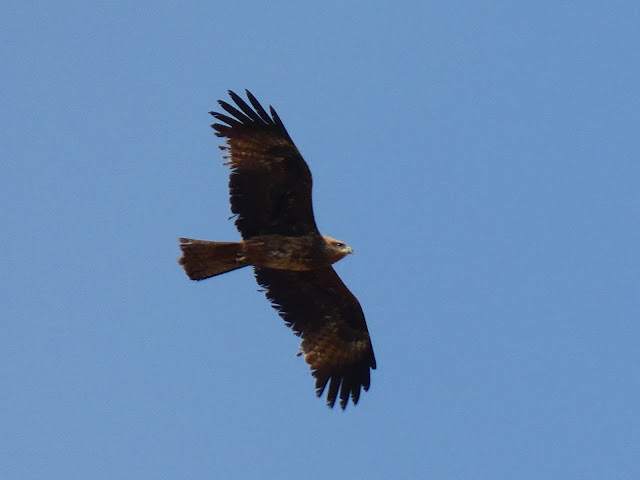.JPG) |
| Black Kite |
.JPG) |
| Oriental Honey-Buzzard - the tail pattern easily separates this from European H-B |
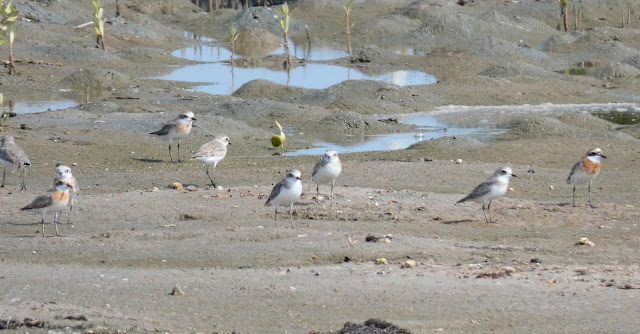.JPG) |
| Lesser Sandplovers |
.JPG) |
| Masked Shrike |
.JPG) |
| Black Scrub-Robin |
.JPG) |
| Rufous-tailed Scrub-Robin |
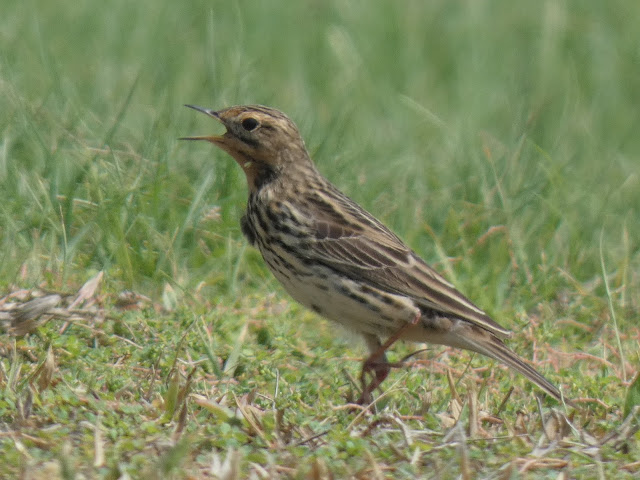.JPG) |
| Red-throated Pipit |
Other wildlife
Few mammals were seen apart from large groups of Hamadryas
Baboon and feral Camels but when we went out looking for Nubian Nightjar we saw
Midas Free-tailed Bats and a Desert Hedgehog.
.JPG) |
| Dromedary Camels |
.JPG) |
| Baboons heading into a cave to spend the night away from predators |
.JPG) |
| Desert Hedgehog |
.JPG) |
| Yemen Rock Agama |
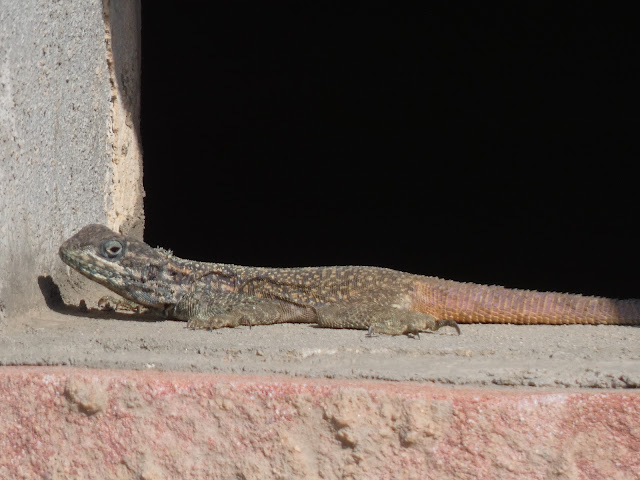.JPG) |
| Anderson's Agama |
.JPG) |
| unidentified agama |
.JPG) |
| Arabian Tree Frog |
.JPG) |
| Blue-spotted Arab |
.JPG) |
| Pioneer White |
.JPG) |
| Slender Skimmer |
.JPG) |
| Northern Banded Groundling |
.JPG) |
| unidentified dragonfly egg-laying |
.JPG)
.JPG)
.JPG)
.JPG)
.JPG)
.JPG)
.JPG)
.JPG)
.JPG)
.JPG)
.JPG)
.JPG)
.JPG)
.JPG)
.JPG)
.JPG)
.JPG)
.JPG)
.JPG)
.JPG)
.JPG)
.JPG)
.JPG)
.JPG)
.JPG)
.JPG)
.JPG)
.JPG)
.JPG)
.JPG)
.JPG)
.JPG)
.JPG)
.JPG)
.JPG)
.JPG)
.JPG)
.JPG)
.JPG)
.JPG)
.JPG)
.JPG)
.JPG)
.JPG)
.JPG)
.JPG)
.JPG)
.JPG)
.JPG)
.JPG)
.JPG)
.JPG)
.JPG)
.JPG)
.JPG)
.JPG)
.JPG)




No comments:
Post a Comment